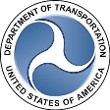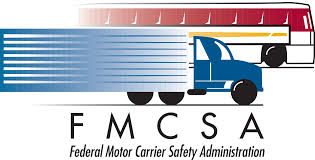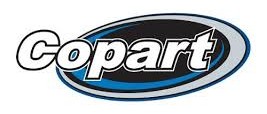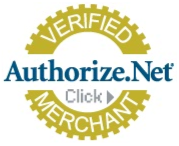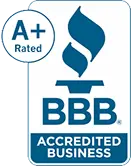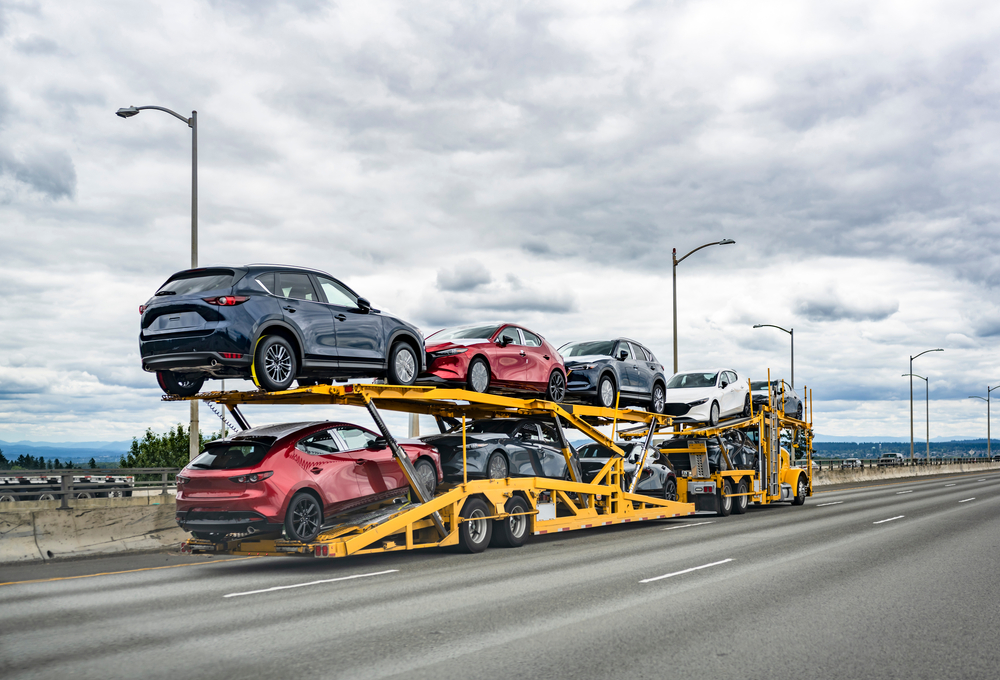
In today’s dynamic automotive market, efficient vehicle logistics have become a critical component of successful dealership operations. As an experienced provider of auto transport services, The Car Carriage understands the unique challenges and requirements that dealerships face when managing their vehicle inventory. This article explores key aspects of dealership auto transport and strategies for optimizing your logistics operations.
The Evolution of Dealership Logistics
The automotive retail landscape has transformed significantly in recent years. With the rise of digital sales platforms and expanding market reach, dealerships now routinely conduct transactions across state lines and even coast to coast. This evolution has made reliable auto transport services an essential part of dealership operations, enabling businesses to source and deliver vehicles efficiently regardless of distance.
Understanding Dealership Transport Needs
Dealership vehicle logistics encompass various scenarios, each with specific requirements. These include new inventory acquisition from manufacturers, dealer trades, auction purchases, and customer vehicle deliveries. Each type of transport demands particular attention to timing, cost efficiency, and service quality.
Manufacturer to Dealership Transport
New vehicle shipments from manufacturers require precise scheduling and coordination. These deliveries often involve multiple vehicles and must align with dealership inventory planning. Key considerations include:
The timing of new model releases and seasonal inventory adjustments Coordination with manufacturer production schedules Processing and preparation requirements upon delivery Storage capacity and inventory management
Dealer Trade Transport
Dealer trades represent a crucial aspect of inventory management, allowing dealerships to meet specific customer requests and optimize their vehicle mix. Successful dealer trade transport requires:
Quick response times to meet customer expectations Careful coordination between sending and receiving dealerships Clear communication regarding vehicle condition and delivery timing Efficient documentation and tracking systems
Optimizing Transport Operations
Strategic Planning and Scheduling
Effective transport management begins with strategic planning. Dealerships should consider implementing:
Forward-looking inventory planning that accounts for transport times Regular analysis of transport routes and costs Integration of transport scheduling with inventory management systems Coordination of multiple vehicle movements to optimize costs
Technology Integration
Modern dealership transport operations benefit significantly from technology integration. Essential technological components include:
Real-time tracking systems for vehicle shipments Digital documentation and signature capture Automated status updates for both dealership staff and customers Integration with dealer management systems (DMS)
Cost Management and Efficiency
Understanding Transport Costs
Transport costs significantly impact dealership operations and profitability. Key factors affecting transport expenses include:
Distance and routing considerations Seasonal variations in transport availability Fuel price fluctuations Vehicle size and special handling requirements
Cost Optimization Strategies
Successful dealerships employ various strategies to optimize transport costs:
Consolidating shipments when possible Building relationships with reliable transport providers Maintaining flexible delivery schedules to take advantage of available capacity Implementing efficient route planning
Quality Control and Vehicle Protection
Pre-Transport Inspection
Thorough documentation of vehicle condition before transport is essential. This process should include:
Detailed digital photography of each vehicle Documentation of any existing damage or concerns Verification of vehicle operational status Confirmation of all included equipment and accessories
Transport Insurance and Protection
Comprehensive insurance coverage and protection measures are crucial for dealership vehicle transport. Important considerations include:
Adequate valuation coverage for high-value inventory Gap coverage for in-transit vehicles Protection against environmental factors Documentation requirements for potential claims
Customer Experience and Communication
Managing Customer Expectations
When coordinating customer vehicle deliveries, clear communication is essential. Best practices include:
Providing realistic delivery timeframes Offering regular status updates Maintaining clear channels of communication Addressing any concerns promptly
Post-Delivery Process
The delivery process extends beyond the physical transport of vehicles. Important post-delivery considerations include:
Final inspection and documentation Customer satisfaction follow-up Processing of transport documentation Integration with dealership records
Conclusion
Efficient vehicle logistics are fundamental to modern dealership operations. Success requires careful attention to planning, technology integration, cost management, and quality control. At The Car Carriage, we understand these complexities and offer specialized solutions designed to meet the unique needs of automotive dealerships.
Our experience in dealership transport enables us to provide reliable, efficient, and cost-effective solutions that help dealerships maintain competitive advantages in their markets. Contact us by calling 855-723-3200 to learn how we can help optimize your dealership’s vehicle logistics operations and enhance your ability to serve your customers effectively.

